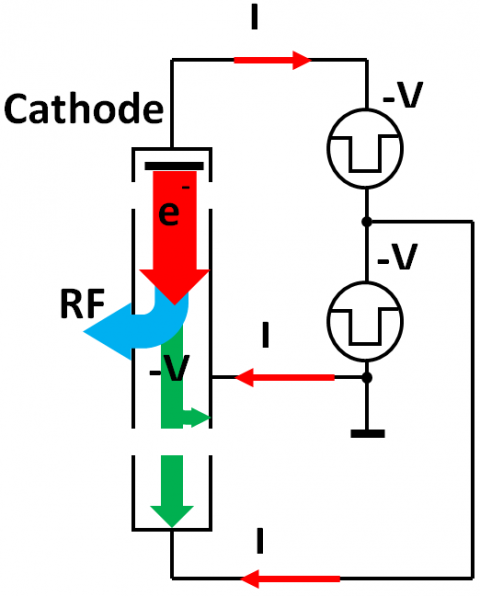For most accelerators, major contributions to electrical inefficiency originate with magnets and RF systems. Consequently, power supplies and high-power RF sources are logical targets for efficiency improvements. To address RF source inefficiency, a multi-beam klystron with a new type of depressed collector is described here. This collector allows recovery of a larger portion of energy in the spent electron beams than could a conventional depressed collector, and will significantly increase the tube’s efficiency towards 80% in a single stage and cut waste heat nearly in half.
In this project, a front-to-end simulation of a a multi-beam klystron with a new type of depressed collector will be performed to study spent-beam distribution, space charge, secondary electrons, thermal dissipation, and possible spurious excitations. A refined conceptual design will be produced to allow identify engineering issues. A high-efficiency multi-beam klystron with a new type of depressed collector can be used for R&D of accelerator-related projects that require mega-watt-level L-band RF power. Those projects could include applications to International Linear Collider, to technical aspects of other accelerators used for discovery science, or for development of components for accelerators intended for industrial and medical settings. Extensions of the work could also yield efficiency improvements for other high-power RF sources at other frequencies and power ranges used in accelerator systems in the US and worldwide. A successful outcome of this project can pave an economical route towards future high efficient RF sources at mega-watt average power levels for industrial applications. More details are described here.


